Peanut butter is a delicacy that you can prepare yourself in your home in just a few moments. The key to success and obtaining perfectly creamy, delicious peanut butter is to use high-quality raw material, i.e. peanuts. Let's get to work! Peanut butter is a versatile ingredient that can be combined with fruits such as bananas or strawberries, vegetables, as well as in Asian dishes or as an addition to sauces and dips.
Watch the video with the recipe for homemade peanut butter
Homemade Peanut Butter Recipe
If you decide to make peanut butter at home, it's worth starting from scratch and roasting the peanuts yourself in the oven, which guarantees a liquid, creamy consistency in the final product. The process is simple and doesn't require many expensive ingredients or specialist equipment. You can use different types of nuts, such as peanuts, walnuts or hazelnuts, which allows you to create unique flavors.
For the production of homemade peanut butter, we recommend choosing raw peanuts without skin, which have not been heat treated. Also, pay attention to the quality of the raw material. Peanuts should be whole, not crushed, firm and free of discoloration.
Choose peanuts from trusted producers, preferably BIO quality. Then you can be sure that it is a 100% natural, ecological, GMO-free and pollution-free product. You can choose these organic peanuts - they meet all the above conditions, so you can safely use them to make your own peanut butter.
Step 1: Roasting the Nuts for Peanut Butter
Line a baking sheet with baking paper and spread a thin layer of nuts on it. Place in an oven preheated to 175 degrees and bake for about 20-25 minutes.
Every 7 minutes or so, you can shake the baking tray and stir the nuts with a spoon so that they are evenly baked on all sides.
Whether the nuts are ready is best judged by their color, not taste. After removing them from the oven, the nuts will not taste the way we imagine and know from experience when we eat store-bought roasted nuts.
After roasting, the nuts need to cool down thoroughly and evaporate excess moisture to achieve the desired flavor. After roasting, the peanuts should be golden brown, and after tasting and cooling, wonderfully crunchy.

Remember! Peanuts should cool down really well after roasting, so be patient and give them as much time as they need to completely evaporate excess moisture.
Step 2. Blending nuts into peanut butter
Once the nuts have cooled, transfer them to a blender, preferably one with a high-powered blade, but basically any blender should do the trick. You can use either a jug blender or a hand blender. Finally, transfer the finished peanut butter to a clean jar.
It is best to fill the container with nuts almost completely, so as not to leave too much free space. Otherwise, you should mix the nuts in the container from time to time.
Pulse the nuts until you get a smooth, creamy and velvety peanut butter consistency. This process may take a few minutes, but it's worth it, because the taste experience is heavenly. And remember - it all starts with nuts! 😉 You can also add pieces of nuts to give the peanut butter crunch and a unique flavor.

Don't have time to make the butter yourself?
We encourage you to make your own peanut butter at home, because it's great fun and gives you a lot of satisfaction. However, if you don't have enough patience or too much free time, but you really like peanut butter, you can order our ready-made BIO peanut butter available in the online store ekogram.pl or drop by Rossmann and just help yourself straight from the shelf. Ready-made peanut butter is convenient and can be used in various recipes, such as cakes, cookies, cheesecakes or oatmeal.Additionally, we encourage you to experiment with different peanut butter recipes to make homemade peanut butter with different types of nuts, such as almonds or walnuts.

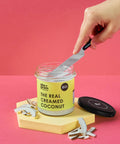

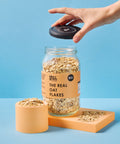
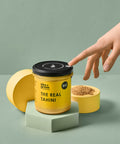
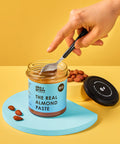
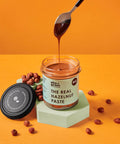
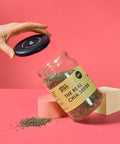
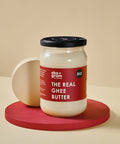
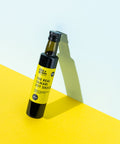
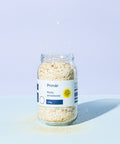

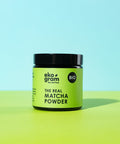
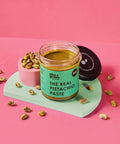
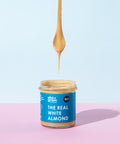
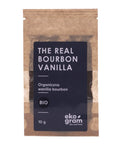

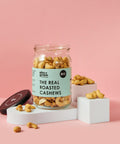

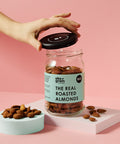


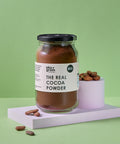




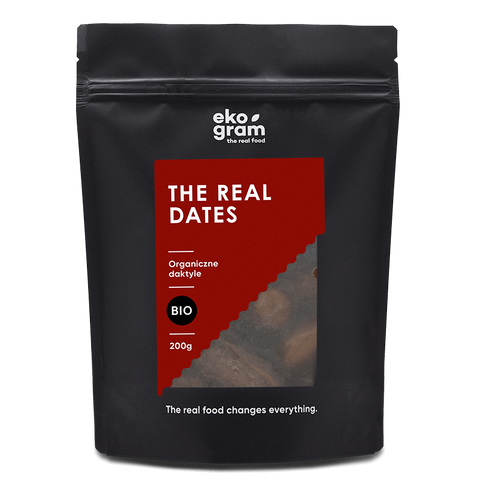
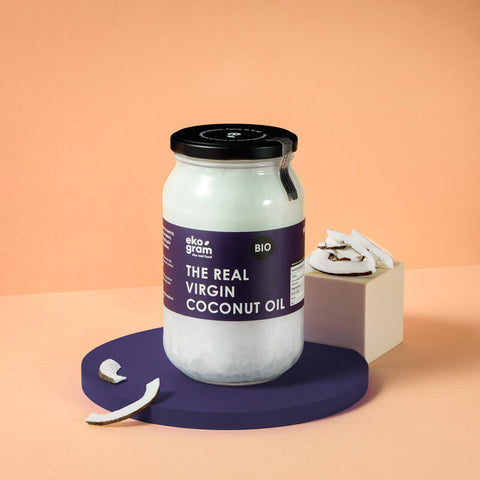
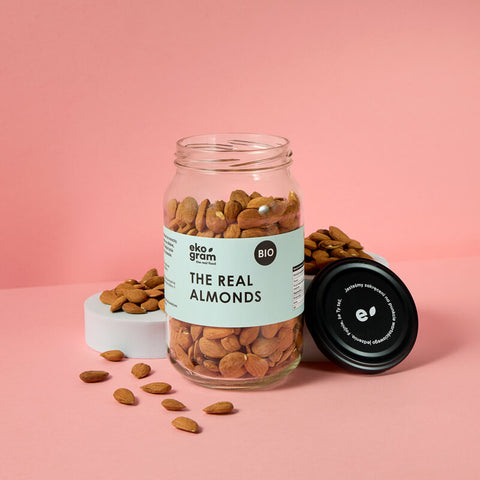


Comments (0)
There are no comments for this article. Be the first one to leave a message!